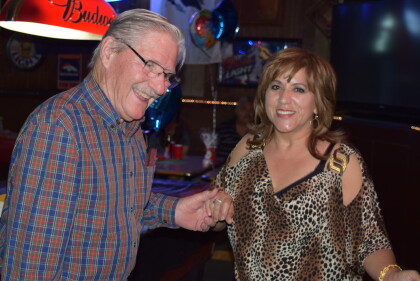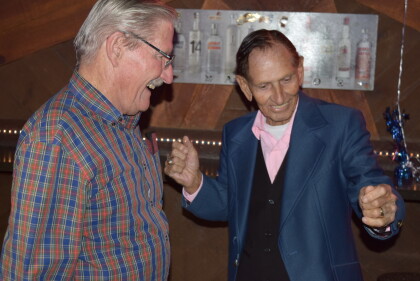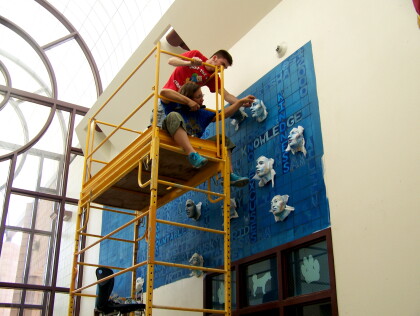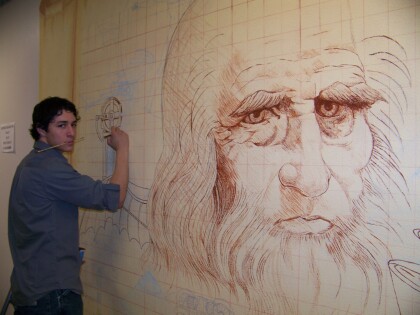Report this entry
More from the same community-collection
Tom McKay's 82nd Birthday Party - 2016
Leticia McKay and Tom McKay celebrate Tom's 82nd birthday at Mac ...
Tom McKay's 82nd Birthday Party - 2016
Tom McKay and his wife Leticia McKay celebrating Tom's birthday ...
Tom McKay's 82nd Birthday Party - 2016
Leticia McKay and guest at the event having fun at Tom McKay's ...
Tom McKay's 82nd Birthday Party - 2016
Tom McKay and his wife Leticia McKay celebrating Tom's birthday ...
Tom McKay's 82nd Birthday Party - 2016
Tom McKay having fun at his 82nd birthday party at Mac Adoo's.
Tom McKay's 82nd Birthday Party - 2016
More guest arrive during one of biggest events of the year - Tom ...
Maribel Betancourt works on Chapin mural.
Maribel worked late into July 2013 to help complete this mural ...
Armstong and Billie Holiday Mural
Ariel, teacher-Ms. Barton, and Micaela pose in front of newly ...
Dr. Suess Mural by senior, Victoria Dominguez
Senior Victoria completes her tribute to Dr. Suess, located ...
Annie Lebowitz Mural - Kristyn & Alex - El Paso, Texas
This mural was painted outside the Chapin High Journalism Room ...
Speaking Rock - Elton John - 2016 - Video
Video - Tribute Shows are shows that impersonate another singer ...
Speaking Rock - Elton John - 2016 - Video
Speaking Rock - Elton John - 2016 Video - Tribute Shows are ...








































Comments
Add a comment